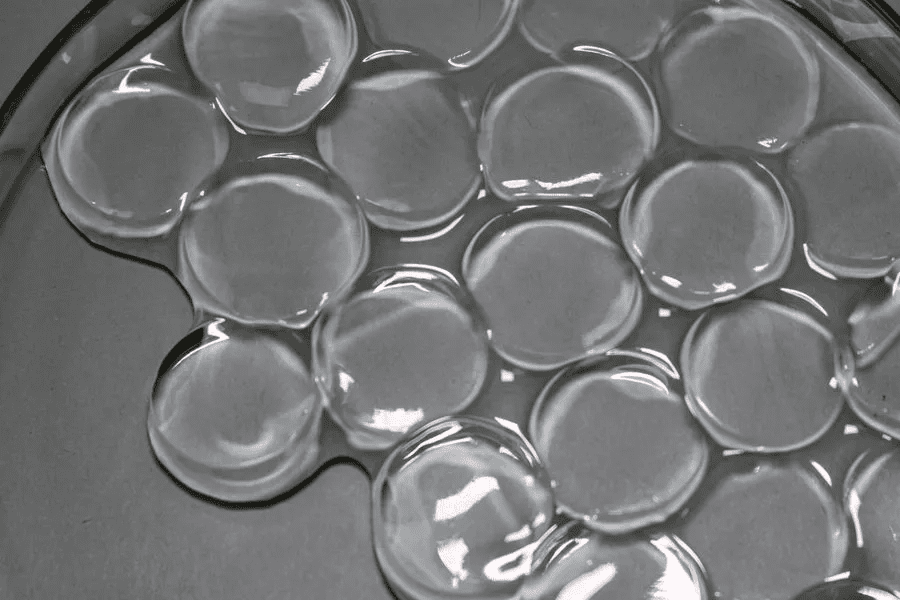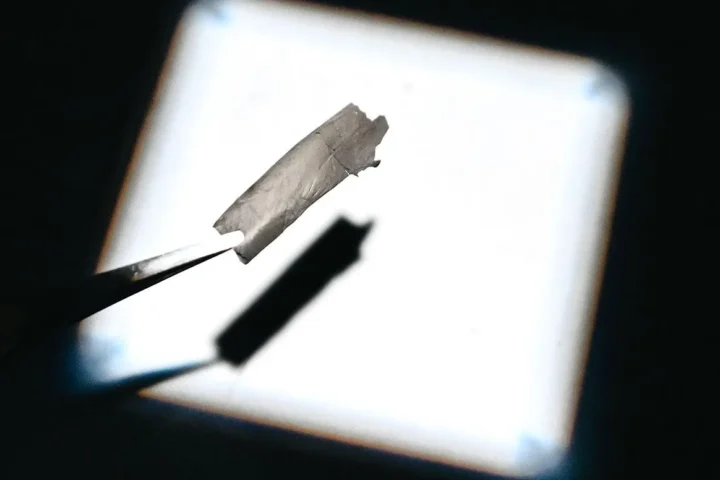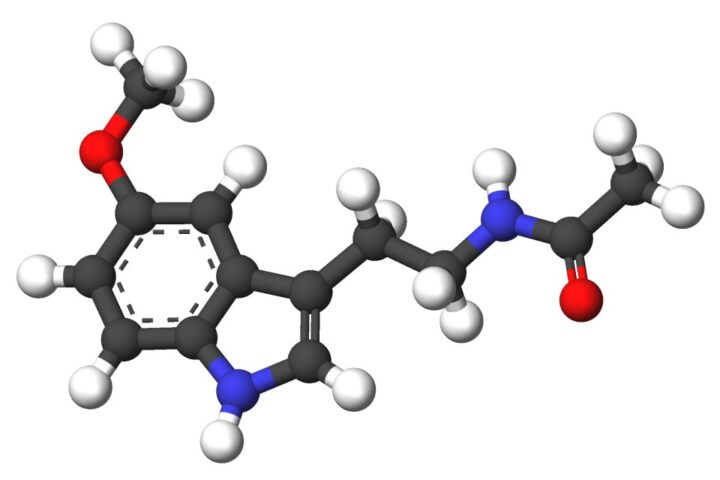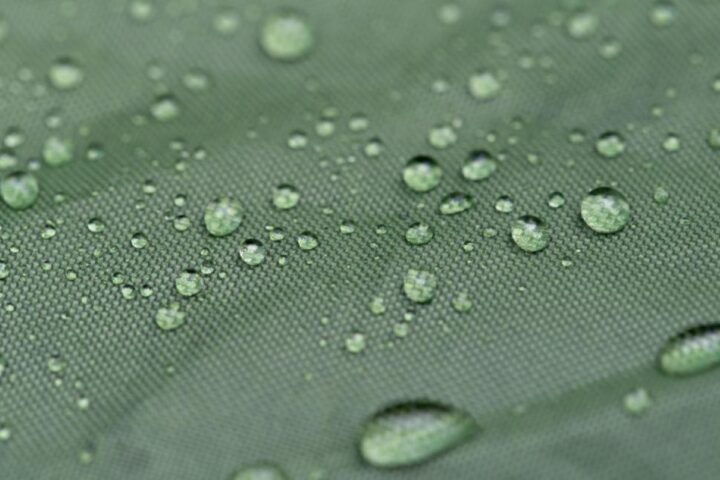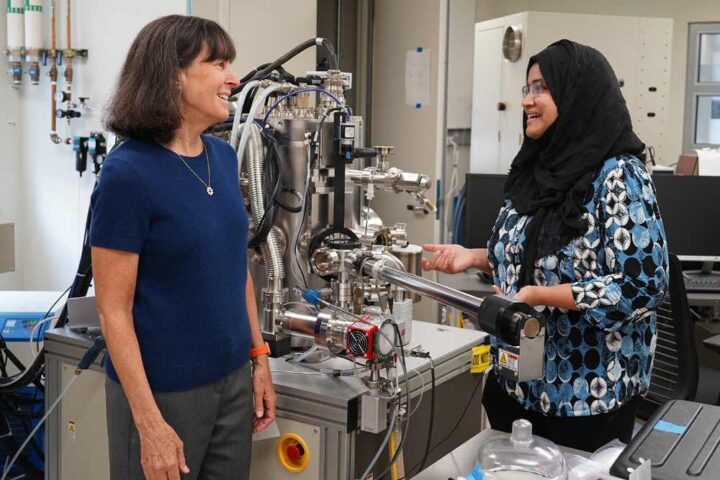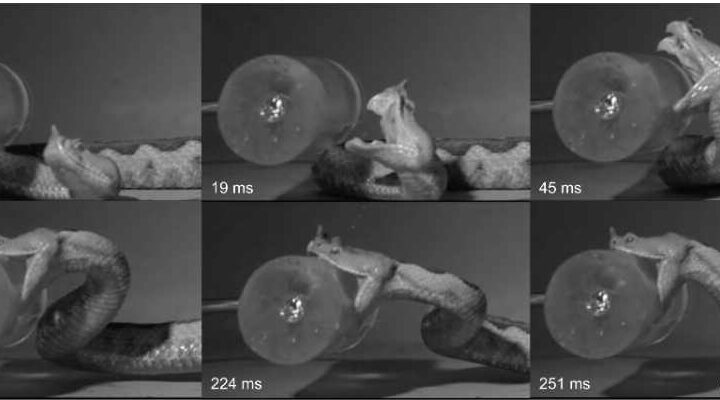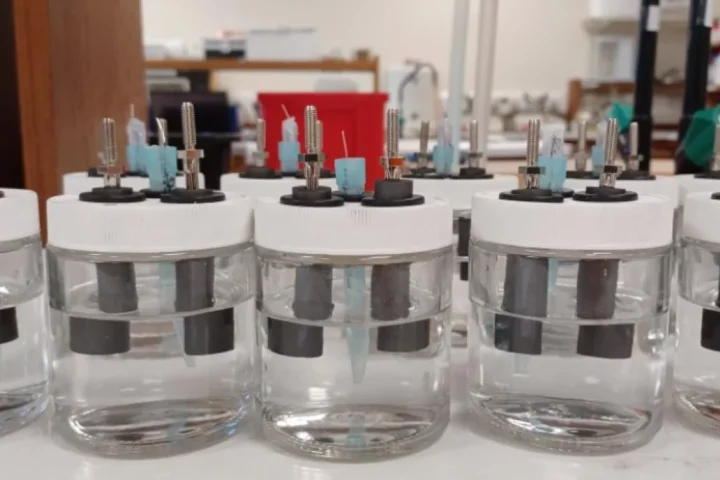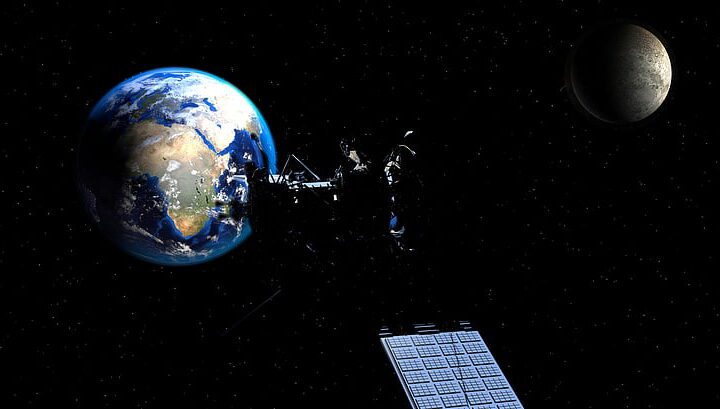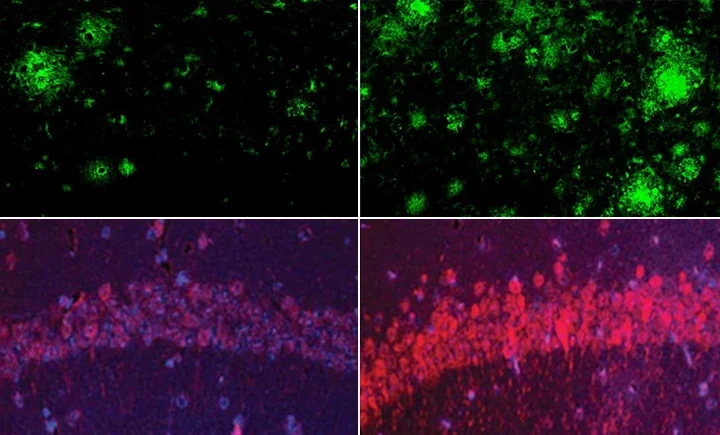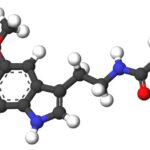Imagine being able to create a material that can extract moisture from the air and convert it into clean, drinkable water. The researchers at the Massachusetts Institute of Technology (MIT) have turned this vision into a reality with their groundbreaking invention of a material that does exactly this. It is a hydrogel that can retain its three-dimensional structure while absorbing a large volume of water. It is a naturally absorbent substance, and unlike its other counterparts, it incorporates lithium chloride, which is a potent form of salt used as an industrial desiccant.
MIT researchers infused hydrogel with an unprecedented amount of lithium chloride. This caused them to achieve a level of water absorption that was record-breaking, especially in arid environments. The material swells and continuously draws in moisture without allowing any leakage to take place. This can happen even in severely dry conditions that have only 30 percent relative humidity. After absorption, it can be heated, condensed, and collected as ultrapure liquid water that is free from contaminants. Integrating lithium chloride drastically enhanced the hydrogel’s capability to absorb moisture.
The MIT team has surpassed the limitations that came with infusing hydrogels with salt. They did so by soaking hydrogen in lithium chloride solutions for a period of 30 days. Extending the infusion period yielded the absorption of 24 grams of salt per gram of hydrogel polymer. This result quadrupled the previous record. This superabsorbent hydrogel has vast potential applications. This material could be a game-changer for areas that are prone to drought and desertification. Drinking water sources are limited in such regions, hence generating the need for such a concept. It could also be incorporated into air conditioning units to dehumidify the air and save energy. It also serves as a method of passive water harvesting.
Similar Post
The material is cost-efficient yet high-performance. This makes the material extremely promising in terms of practical applications. The team’s research has been published in the Journal of Advanced Materials and was supported in part by the U.S. Office of Energy Efficiency and Renewable Energy and the Swiss National Science Foundation. There is a need to improve certain aspects that have been cited by the researchers. These are the rates of water uptake, allowing frequent water harvesting through faster cycling. MIT’s Device Research Lab is the origin of the material and is dedicated to creating and developing innovative materials that would be able to address global energy and water challenges.
The material takes a cue from the hydrogels used in diapers, which display high absorbency. The researcher’s main attempt was to enhance its moisture-absorbing abilities. They discovered a simple but highly effective approach that would help them achieve exceptional vapor uptake. This was thanks to the combination of hydrogels with lithium chloride. The material could recover an unprecedented 1.79 grams of water per gram of salt-infused hydrogel material at just 30 percent relative humidity. This discovery opened brand new possibilities in terms of water access in even the driest desert environments.
The team at MIT believes that the material’s cycling rate needs to be accelerated to enable more frequent water harvesting. This can be done by improving the kinetics of its water uptake. The ultimate goal is to enable a reliable and consistent water supply for those regions that are burdened with water scarcity. This innovation paves the way for a future where no one has to remain water-deprived, and the driest regions can have a sustainable water supply.
